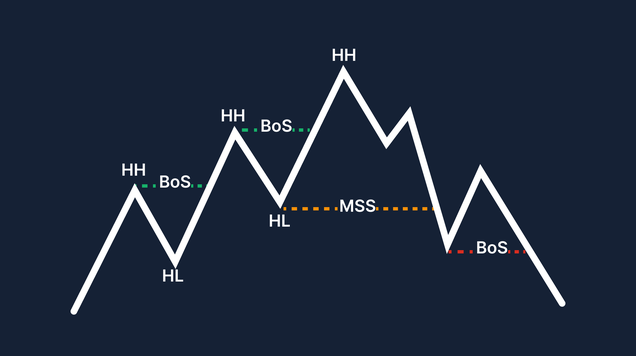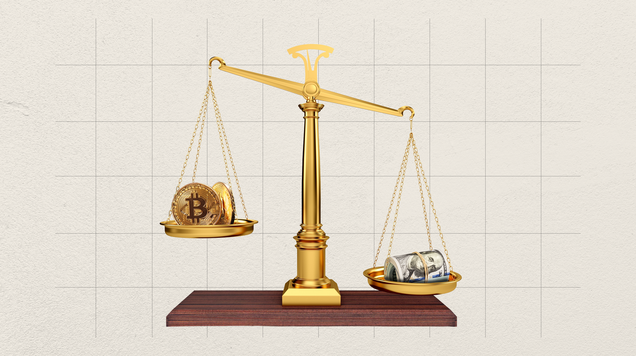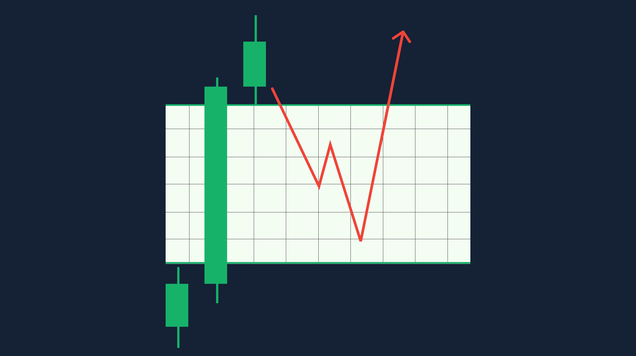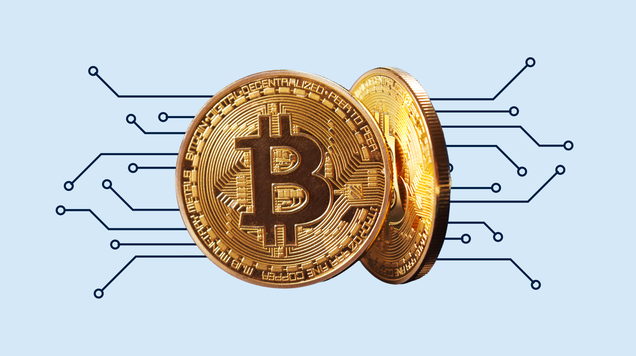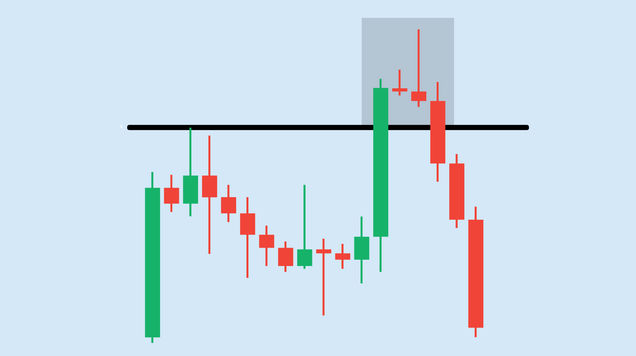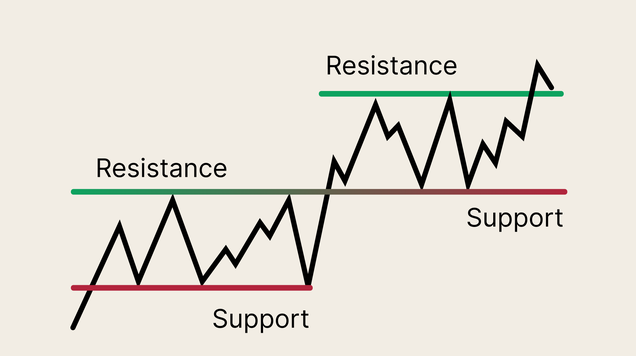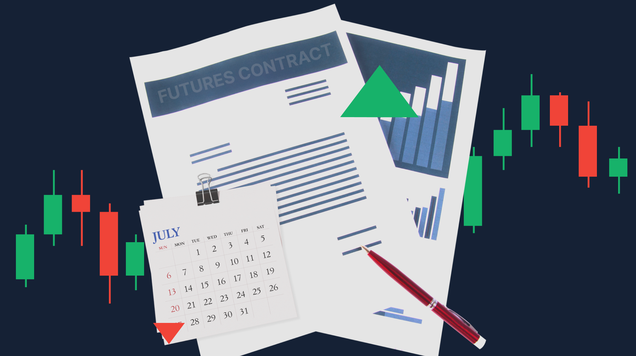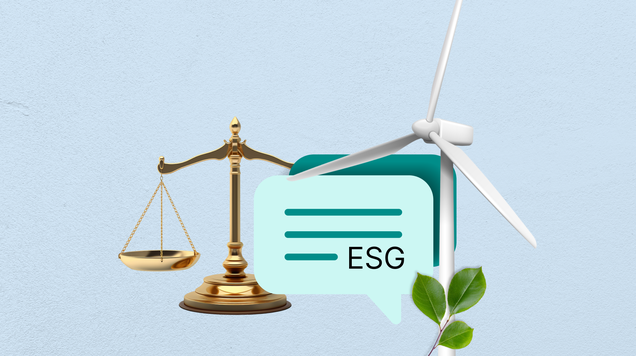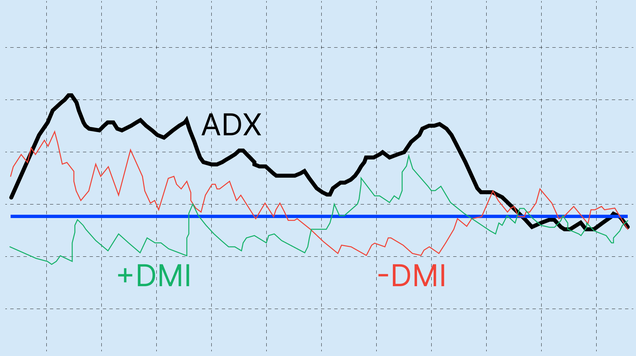Stop-out level vs margin call: What’s the difference?
A margin call is a warning that your account is running out of usable equity; a stop-out is the broker’s automatic liquidation when that warning goes unheeded. Knowing the difference—and how margin level is calculated—keeps small losses from snowballing.
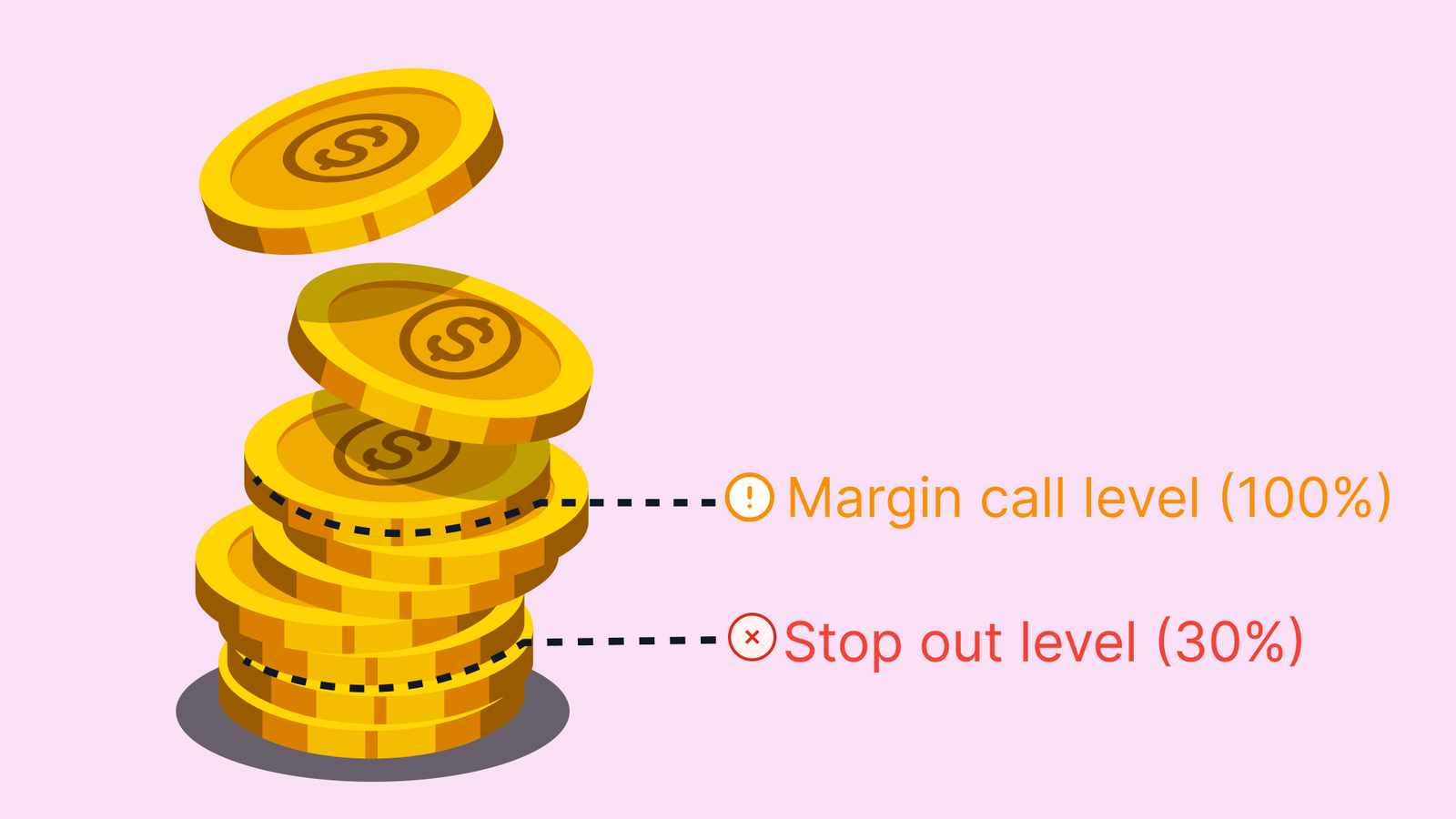
Margin call = warning; stop-out = automatic closures
Margin level (%) = Equity ÷ Used Margin × 100.
Typical settings: margin call near 100%, stop-out around 50% (broker-specific).
Aim to keep margin level above 300% for comfort
Margin call vs. stop-out
In forex margin trading, your broker locks a portion of your capital (the used margin) to support open positions. As prices move, your equity—balance plus unrealised P/L—rises or falls. A margin call in forex is the point where your equity becomes too thin relative to the used margin. The broker alerts you to add funds or reduce exposure. A stop-out is the hard floor: if losses continue and equity drops to a pre-set threshold, the platform begins closing positions automatically—usually the largest-loss or largest-margin positions first—until your margin level climbs back above the stop-out. The goal isn’t to punish you; it’s to prevent your account from going negative.
The math that governs both events
Three terms explain almost everything:
- Equity = Account Balance ± Unrealised P/L
- Used Margin = Sum of required margin on open trades
- Margin Level (%) = (Equity ÷ Used Margin) × 100
Brokers tie their triggers to Margin Level (%). A common setup is margin call at 100% (equity equals used margin) and stop-out at 50%. Others use 80%/20% or similar. Always check your broker’s “Trading Conditions” page; the numbers are policy, not universal law.
A realistic walk-through
Imagine a $2,000 account opens a EUR/USD position that requires $800 of margin. Your equity is $2,000 at entry, so:
- Margin Level = 2,000 ÷ 800 × 100 = 250% (healthy)
Price moves against you and your unrealised loss reaches –$1,200. Equity becomes $800.
- Margin Level = 800 ÷ 800 × 100 = 100% → margin call
You’re being told to top up funds or shrink the trade.
Loss deepens to –$1,600; equity is now $400.
- Margin Level = 400 ÷ 800 × 100 = 50% → stop-out
The platform starts liquidating positions. If only one position is open, it will close partly or fully until margin level recovers above 50%.
This sequence—call first, liquidation second—is the industry norm.
Why brokers use two thresholds
The margin call gives you time to act: add capital, hedge, or reduce size. The stop-out protects both parties from runaway losses, especially during fast markets when slippage can skip over manual exits. Two stages balance flexibility with safety.
What is a good margin level in forex?
Think of margin level as your shock absorber. While anything above the broker’s call threshold is technically “okay,” traders who last tend to operate with headroom:
- > 300%: comfortable for swing trading and news volatility.
- > 500%: conservative; room to scale or absorb spikes.
Numbers are guidelines, not guarantees; the principle is simple—the higher your margin level, the smaller the chance of a forced exit.
How to avoid margin calls and stop-outs (without turning trading into stress)
Size positions from risk, not from leverage. Decide how much you’re willing to lose per idea (often 0.5%–1% of equity), measure your stop distance in pips, convert pips to money, and back-solve the lot size. Fewer, smaller positions keep the used margin modest, which pushes your margin level higher. Keep an eye on free margin (Equity − Used Margin); when it’s thin, your account can’t absorb normal volatility. Finally, watch the calendar—central-bank days, earnings, and thin-liquidity sessions cause large gaps that chew through equity faster than usual.
Copy-ready quick formulas
- Equity = Balance + Unrealised P/L
- Free Margin = Equity − Used Margin
- Margin Level (%) = (Equity ÷ Used Margin) × 100
If Margin Level ≤ Broker’s Margin Call % → warning.
If Margin Level ≤ Broker’s Stop-Out % → automatic liquidation.
FAQs
Is a margin call always an email or pop-up first?
Usually yes, but in fast markets you can hit stop-out before you see the alert. Trades should be sized as if the call might be skipped.
Does closing one small trade help?
It can. Reducing used margin raises your margin level instantly, buying time to manage the rest of the book.
Why did I get stopped out even with a stop-loss?
Gaps and illiquid moments can bypass stop orders. The platform liquidates at the best available price to restore your margin level.
Are stop-out and maintenance margin the same?
Related, but not identical. Maintenance margin is the minimum equity required; the stop-out is the enforcement event when you fall below the broker’s threshold.

